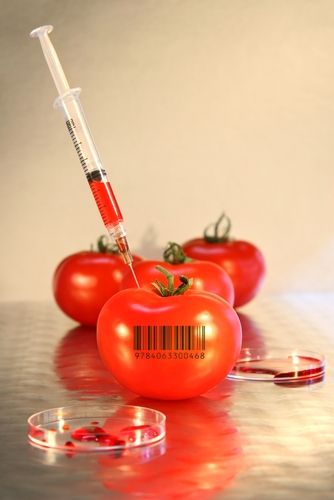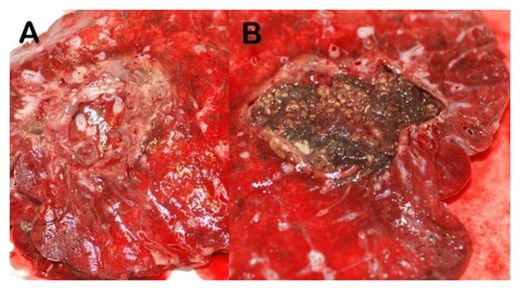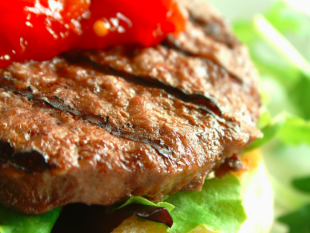
In a study published Wednesday, researchers using eye-tracking technology found that 3-year-olds diagnosed with autism looked less at people's eyes when they were babies than children who did not develop autism.
But contrary to what the researchers expected, the difference was not apparent at birth. It emerged when babies were 2 to 6 months old, and autism experts said that may suggest a window during which the progression toward autism can be halted or slowed.
The study, published online in the journal Nature, found that infants who later received a diagnosis of began spending less time looking at people's eyes between 2 and 6 months of age and paid less and less attention to eyes as they grew older. By contrast, babies who did not develop autism looked increasingly at people's eyes until about 9 months old, and then kept their attention to eyes fairly constant into toddlerhood.











Comment: Actually, smoking is another of those myths. See:
Smoking: The black lung lie
Nicotine Found To Protect Against Parkinson's-like Brain Damage
Nicotine can boost blood vessel growth
Nicotine - The Zombie Antidote
Let's All Light Up!
Pestilence, the Great Plague and the Tobacco Cure
Comets, plagues, tobacco and the origin of life on earth
For more information on this fat report see:
Swedish Expert Committee: A Low-Carb Diet most effective for weight loss
Saturated fat heart disease 'myth': UK cardiologist calls for change in public health advice on saturated fat
Everything you've been told about how to eat is wrong
Heart surgeon speaks out on what really causes heart disease
The Ketogenic Diet - An Overview
The Obesity Epidemic, Courtesy of the Agricultural Industry
Mass nervous breakdown: Millions of Americans on the brink as stress pandemic ravages society
Ate a High-Fat Diet - Lost 200 lbs
Primal Body, Primal Mind: Beyond the Paleo Diet for Total Health and a Longer Life